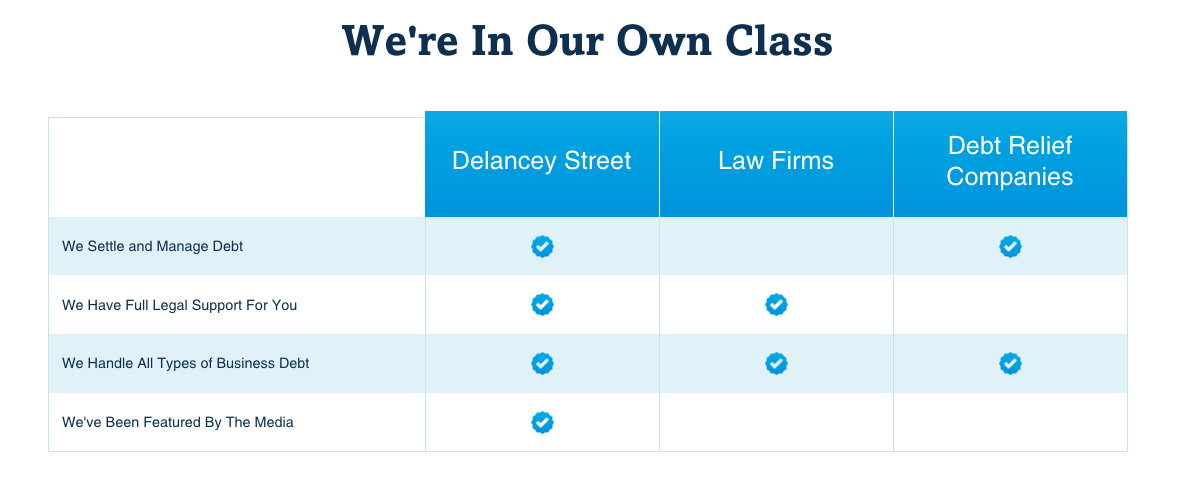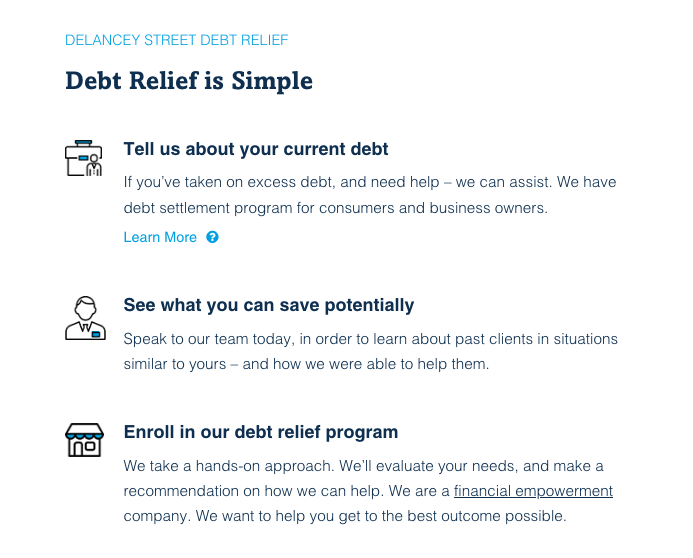Bank Account Garnishment and Liens in Texas: What You Need to Know
A Frustrating Situation
Dealing with debt can be super stressful – especially when creditors start coming after your bank accounts and assets. Having your paycheck or bank funds garnished is never fun; and getting slapped with a lien on your property just adds insult to injury, y’know? But don’t worry, we‘re here to help explain what‘s going on and how to handle it.First thing‘s first, let‘s get on the same page about what garnishment actually is. Basically, it means a creditor has gotten a court order allowing them to legally take money straight from your paycheck or bank account to pay back the debt you owe them. Ouch.As for liens? Those are claims or legal rights over your property (like your home, car, etc.) to secure the payment of a debt. Double ouch. Creditors can get these court-ordered too if you fall behind on payments.Look, we get it – this stuff sucks. But knowledge is power, so let‘s dive into the nitty-gritty on garnishments and liens in the great state of Texas.
The Garnishment Lowdown
In Texas, creditors have to jump through some hoops before they can start garnishing your wages or bank accounts. They need to sue you first and get a court judgment saying you actually owe the debt. Then they have to go through more steps to get the garnishment order from the court.Once they’ve got that order though, buckle up – cause creditors can potentially garnish:
 -
-- Up to 50% of your disposable earnings (what’s left after legal deductions) for child support or alimony
- Up to 25% for other types of debt like credit cards, medical bills, etc.
- Your bank accounts (though federal laws protect certain funds like Social Security, disability, retirement, etc.)
This overview from NOLO breaks it down in more detail. The key thing to know? Creditors have to follow strict procedures, so make sure you go over any garnishment orders carefully with a lawyer to ensure it’s legit.Oh, and one more bummer fact – in Texas, creditors can garnish funds going into your bank account repeatedly until the debt is paid off. So just because they drained your checking account once doesn’t mean they’re done.
When Liens Come Knocking
Okay, so garnishments are bad enough. But liens can be even more problematic since they put a legal claim on your property. The main types of liens in Texas are:
- Tax Liens – For unpaid state or federal taxes
- Judgment Liens – Issued by a court for things like unpaid credit card debt
- Mechanics Liens – For contractors who weren’t paid for work done on your property
Liens get publicly recorded and can prevent you from selling or taking out loans against the property until they’re resolved. Some key points on Texas lien laws from FindLaw:
- Judgment liens in Texas last 10 years and can be renewed
- Tax liens last until the debt is paid
- Mechanics liens have to be filed within a certain timeframe after the work is completed
Having an outstanding lien tarnishes your credit too. So you’ll want to get those suckers removed ASAP by paying off the debt or working out a settlement.
 -
-Protecting Yourself – Know Your Rights!
This all sounds pretty bleak, huh? But don’t lose hope – you do have some rights and options when it comes to garnishments and liens in Texas. A few key things to keep in mind:
- Creditors can’t garnish certain types of income like Social Security, disability, unemployment, retirement funds and part of your disposable earnings. Make sure you claim all applicable exemptions.
- You may be able to negotiate a debt settlement for less than the full amount to get a garnishment or lien released. This is where having a good debt settlement lawyer can really help.
- Bankruptcy is always an option to wipe out debts and remove liens, though it does major damage to your credit. This Quora thread has some good perspectives on whether to file or settle.
- You can request a hearing to dispute improper garnishments or object to the debt amount. Don’t just roll over!
- For federal student loans, look into income-driven repayment plans and loan rehabilitation programs to avoid default.
The moral of the story? Ignoring debt is the worst thing you can do. It just lets interest and fees pile up until the creditors ultimately get a garnishment or lien order. Far better to be proactive:
- Respond to debt notices and requests for payment
- Negotiate settlements or payment plans you can actually afford
- Claim all legal exemptions from garnishment
- Fight improper or excessive garnishment attempts
Having an experienced debt relief attorney in your corner makes a huge difference too. They can ensure your rights are protected and explore all possible solutions.
Dealing with Garnishments – A Step-by-Step Guide
Okay, so let‘s say the worst has happened and you get hit with a garnishment order. What do you do? Here’s a quick step-by-step guide:
- Don’t panic – You have rights and options, even at this stage
- Review the order carefully – Make sure it was issued properly by a court, lists the correct debt amount, garnishment limits, etc. If anything seems fishy, note it.
- Claim exemptions – Respond promptly and claim any exempt funds or income like Social Security, disability, etc.
- Consider a negotiation – See if the creditor will accept a lump sum settlement for less than the full garnished amount to release the order. Having a lawyer negotiate this can really help.
- Request a hearing – If you dispute the debt amount or feel the garnishment is improper/excessive, you can request a hearing to make your case in court.
- Explore bankruptcy – As a last resort, bankruptcy may be the best way to get garnishment orders lifted and debts discharged, though it nuke’s your credit.
- Stay vigilant – With garnishments, creditors can keep coming after new deposits repeatedly until the debt is paid. So you may need to keep fighting on an ongoing basis.
The key things? Don’t ignore garnishment orders and act quickly to protect your rights and income. Having a good debt settlement attorney can make a huge difference.
 -
-Lien Removal Tips and Strategies
As frustrating as garnishments are, liens can be even more problematic since they put a legal claim on your home, car, or other property. So what can you do about those pesky liens in Texas? Here are some tips:
- Pay the debt in full – Obviously this resolves the lien, but it’s not an option for everyone with limited funds
- Negotiate a settlement – Creditors may accept a discounted lump sum to remove the lien, especially if it’s been outstanding for a while
- File bankruptcy – This can wipe out the debt and remove judgment liens, though tax and other liens may remain
- Get a release – Once the debt is paid or settled, make sure to get a lien release document from the creditor to clear the public record
- Use exemptions – Certain properties like homesteads may be partially or fully exempt from certain lien types under Texas law
- Let it expire – Judgment liens only last 10 years in Texas before they expire, so you could wait it out in some cases
- Hire a lawyer – They can review your situation, explore all possible lien removal strategies, and ensure it’s handled properly
The bottom line is you don‘t want outstanding liens hanging over your head and hurting your credit. So take action to get them resolved through settlement negotiation, bankruptcy, or other legal means.
Dealing with the IRS and Tax Liens
Speaking of liens, one of the biggest threats can actually come from the IRS itself in the form of federal tax liens. These can be a real nightmare since the IRS is ruthless about collecting and has very few limits on seizing assets and garnishing income.A few key things to understand about IRS tax liens from LawInfo:
 -
-- The IRS can file a public Notice of Federal Tax Lien after making an assessment, demanding payment, and you don’t pay
- This lien attaches to all your existing property and assets, plus future ones too
- It exists until the tax debt is paid in full or the statute of limitations runs out
- Having this lien on your credit can make it very difficult to get loans, mortgages, etc.
So what can you do if you get whacked with one of these bad boys? A few potential options:
- Set up an installment agreement to pay off the debt over time
- Look into an Offer in Compromise to settle for less than the full amount
- Request a lien subordination to allow other financing to take priority
- In some cases, you may qualify for lien withdrawal if it was filed prematurely or incorrectly
- Bankruptcy can eliminate some income tax debts and remove liens in some circumstances
The IRS isn‘t exactly a “negotiate first, ask questions later” type of agency though. So you’ll definitely want to bring in experienced tax resolution professionals who know the ins and outs of dealing with them.
When Bankruptcy Makes Sense
Okay, so we’ve danced around it a bit – but let’s talk about the big “B” word. Filing for bankruptcy can be a powerful tool for eliminating debts and getting rid of garnishments and liens. But it‘s also a major decision with serious credit consequences that shouldn‘t be taken lightly.Here’s a quick rundown of how the two main types of consumer bankruptcy work in Texas:Chapter 7 Bankruptcy
- Allows you to wipe out most unsecured debts like credit cards, medical bills, personal loans
- You may be able to keep exempt assets and property
- Judgment liens can be removed, though tax and other liens may remain
- Garnishments are stopped and prohibited going forward
- Downside is it stays on your credit report for 10 years
Chapter 13 Bankruptcy
- Reorganizes debts into a 3-5 year repayment plan
- You get to keep assets and stop foreclosure/repossession
- Judgment liens can be removed once paid through the plan
- Garnishments are prohibited while the plan is followed
- Debts discharged at the end, but still impacts credit for 7 years
So in a nutshell – Chapter 7 gives you a fresh start by liquidating assets to pay creditors, while Chapter 13 allows you to reorganize debts into a manageable payment plan.Bankruptcy can definitely provide relief from garnishments and liens. But it’s not a magic wand – you‘ll still need to be disciplined, rebuild your credit, and some debts like student loans generally survive.The bottom line? Bankruptcy may be the best or only option in some situations. But you’ll want to consult a good bankruptcy lawyer to ensure it’s the right move for your specific circumstances.







